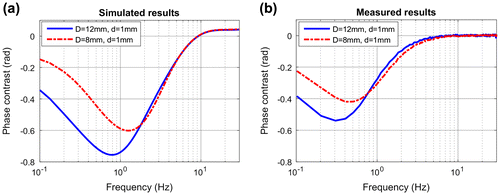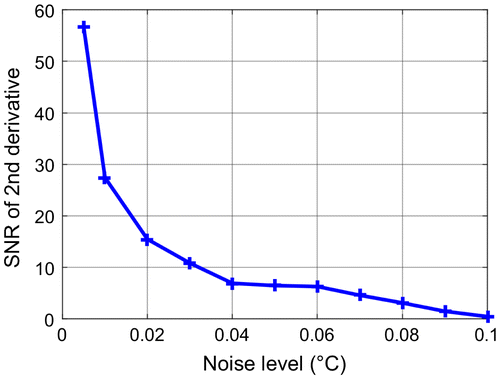Figures & data
Figure 1. Comparison of the phase calculated by Fourier transformation and by FFT for a semi-infinite body (fs = 50 Hz) after a Dirac delta heating and under adiabatic circumstances.
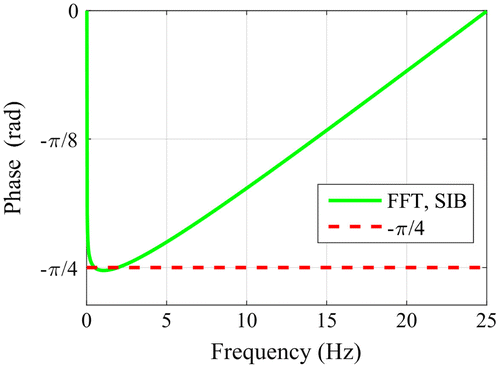
Figure 2. Phase of the surface temperature of a finite body obtained by Fourier transformation according to Equation (Equation10(10) ); a: on the x-axis is the dimensionless x parameter which is the double of the so-called thermal thickness; b: calculated for two different thicknesses using typical steel parameters.
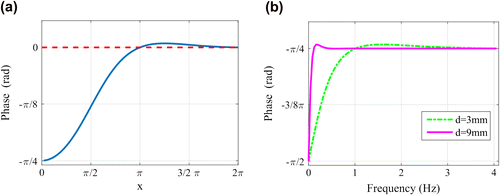
Figure 3. a: Phase of the surface temperature calculated by FFT (fs = 50 Hz) for semi-infinity body and for two finite bodies; b: the same curves as in Figure a but in close up for the same range of 0–4 Hz as in Figure (b).
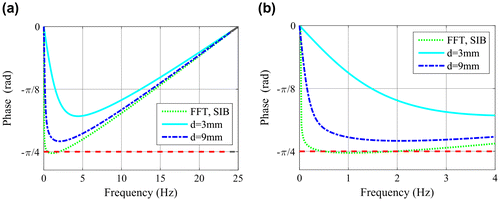
Figure 4. a: Normalised temperature increase after a Dirac delta heating; b: phase of a thermal wave in the same finite body.

Figure 5. Phase of thermal waves for a defect depth of d = 3 mm, for a sound thickness of ds = 9 mm and the difference of these two phases.

Figure 6. a: FEM simulation model of bottom hole (d = 3 mm, ds = 9 mm, diameter D = 20 mm); b: temperature increase after instantaneous heating calculated for different defect sizes (d = 3 mm, ds = 9 mm).
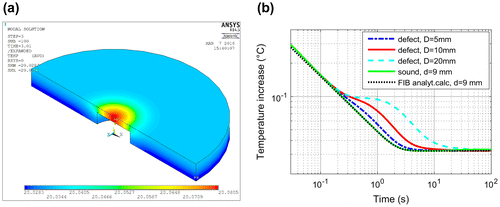
Figure 7. a: Phase calculated with FFT for the bottom hole defect FEM model; b: phase difference of both functions in Figure a compared with the phase difference of the thermal waves as shown in Figure .
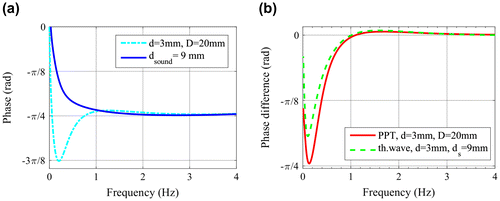
Figure 8. Temperature (left), its 1st derivative (mid) and its 2nd derivative (right) for the simulation model with 20 mm diameter and 3 mm defect depth in a 9 mm thick sound steel material. As comparison also the analytically calculated functions for a finite body with 9 mm thickness are plotted.

Figure 9. 1st (a) and 2nd (b) derivative of temperature curves for models with different defect sizes (defect depth = 2 mm).
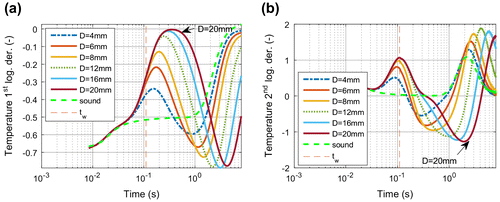
Figure 10. a: Phase contrast calculated for the FEM simulation model of Figure (a) regarding different time durations; b: ratio of the calculated defect depth to the real depth plotted vs. tend.
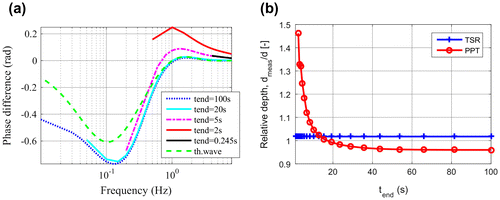
Figure 11. a: Ratio of the calculated defect depth to the real depth versus heating pulse length, defect depth = 1–3 mm, aspect ratio of defect diameter to depth is equal to 6 for all the simulated models; b: relative depth depending on the shifting of the starting time (D = 12 mm, d = 2 mm).

Figure 12. a: Phase contrast for different defect sizes, calculated for the same models as in Figure ; b: relative depth depending on the aspect ratio (d = 2 mm, D = 4–20 mm).
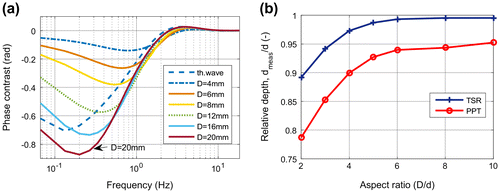
Figure 13. Phase contrast in the vicinity of the zero crossing calculated with different sampling frequencies (d = 2 mm, D = 20 mm, tend = 100 s).
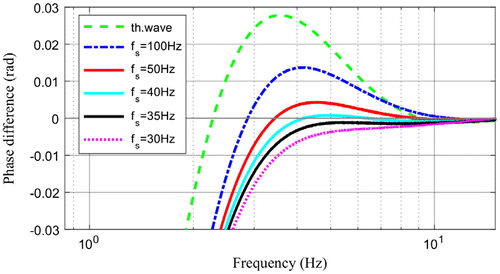
Figure 14. a: Phase contrast with additional random noise (noise level = 0.005 °C); b: SNR of the phase contrast at the negative minimum (f = 0.13 Hz) and at the positive maximum (f = 1.67 Hz).
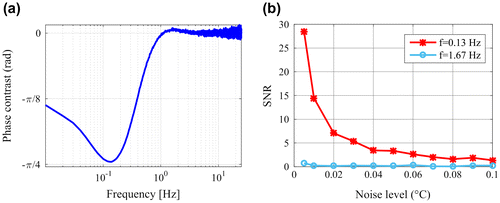
Figure 15. Phase images for the simulated model with additional noise (noise level = 0.005 °C, D = 20 mm, d = 3 mm, ds = 9 mm, steel material parameters); a: at the frequency of the negative phase contrast minimum; b: at the zero crossing frequency; c: at the positive phase contrast maximum.
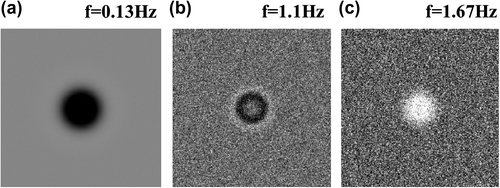
Figure 16. 2nd derivative images at the maximum (a) and at the minimum (b), calculated for the same noisy model as in Figure .
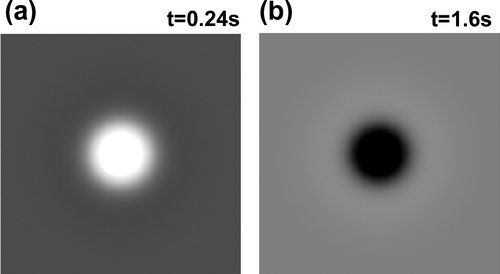
Figure 18. left: phase image at f = 0.1 Hz of three FBHs with 10 mm diameter and with remaining wall thickness d = 3,4,5 mm from top to bottom, respectively; mid: temperature vs. time function for these defects; right: phase contrast calculated by PPT for the same measurement.
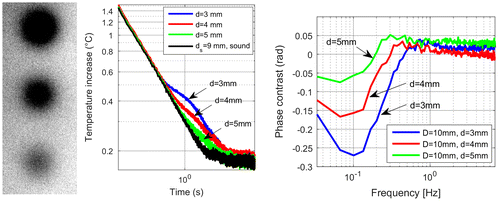
Figure 19. a: Comparison of measured and simulated temperature curves (a) and their 2nd logarithmical derivatives (b) for two defects with a remaining wall thickness of 1 mm and defect diameter 12 and 8 mm.
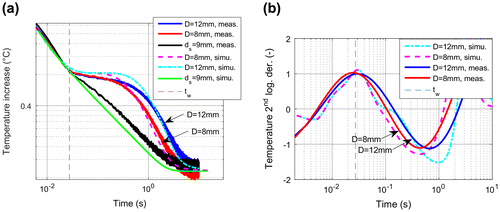
Figure 20. Comparison of phase contrast results based on the simulated (a) and measured (b) temperature for the same defects as in Figure .
